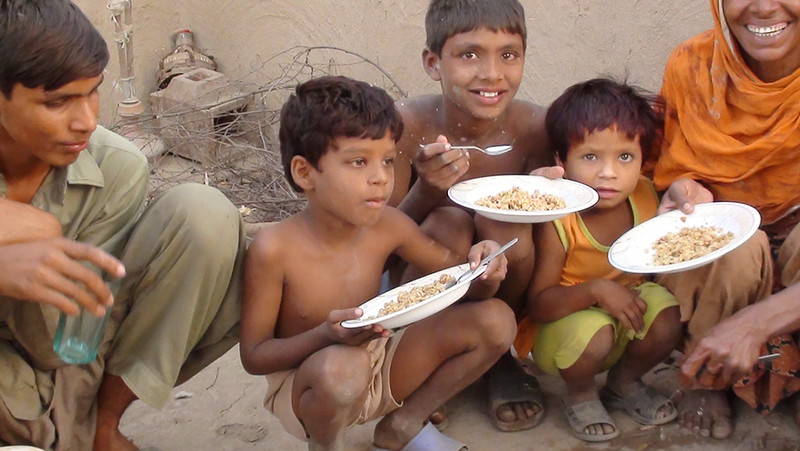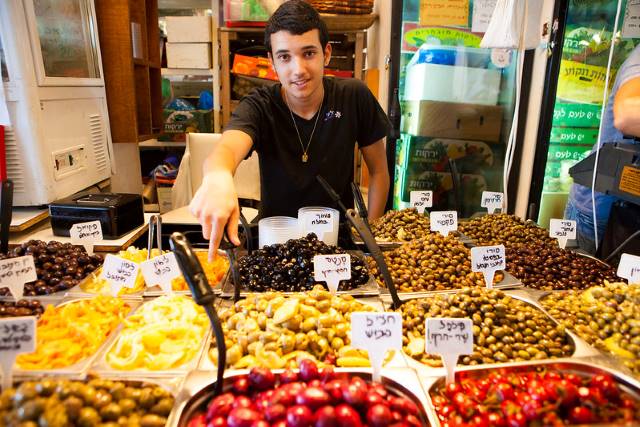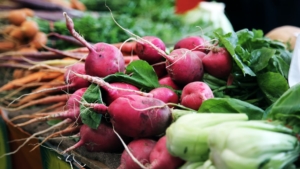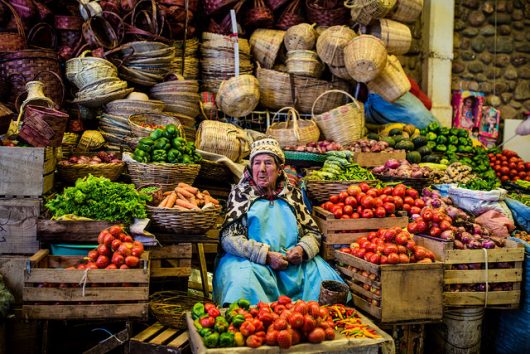 In addition to selling tasty pizzas and running more than 55,000 restaurants in 45 countries, Papa John’s also operates the Papa Johns Foundation. The foundation was established in 2019 and has made groundbreaking efforts in supporting local communities to fight poverty. The foundation keeps its original focus on food by aiming to reduce food waste and by providing hunger relief through meal donations. Outside of the kitchen and tables, it also encourages youths through leadership and entrepreneurship and supports local communities.
In addition to selling tasty pizzas and running more than 55,000 restaurants in 45 countries, Papa John’s also operates the Papa Johns Foundation. The foundation was established in 2019 and has made groundbreaking efforts in supporting local communities to fight poverty. The foundation keeps its original focus on food by aiming to reduce food waste and by providing hunger relief through meal donations. Outside of the kitchen and tables, it also encourages youths through leadership and entrepreneurship and supports local communities.
The Shaq-O-Roni Pizza
Papa Johns and Papa Johns Foundation collaborated with former NBA Basketball player Shaquille O’Neil to create the Shaq-O-Roni pizza. The Shaq-O-Roni was an extremely palatable pizza, which was 15.5″ in size and always prepared fresh. The pizza astonished customers with more than 60 slices of pepperoni per pizza and extra toppings of cheese. The pizza was cut into eight large slices and was the biggest-sized pizza the Company has ever offered. For three years in a row, $1 from every Shaq-O-Roni pizza was donated to community organizations. This has resulted in donations of $9.6 million for the organizations.
Where the Papa Johns Foundation Funds Are Delivered
Since its start in 2019, Papa Johns Foundation has served many philanthropic efforts through the support of grants. The foundation has awarded more than $4 million to its partner, the America Boys and Girls Club, which aims to support youths through high school and plan for their future. Papa Johns Foundation also works with the United Negro College Fund (UNCF). It has supported 250 of its students through college by providing financial aid and scholarships.
The Food Recovery Network (FRN) is also partnered with the Papa Johns Foundation and they share a familiar goal. FRN restores food surplus from restaurants and food supply chains and donates them to local nonprofit organizations that give food to people who are suffering from hunger. The Papa Johns Foundation donates grants and excess food to support the FRN.
Another partner of the foundation is World Central Kitchen, an organization that works to combat hunger by providing meals to survivors of crises. This includes people affected by climate and humanitarian disasters around the world. Besides its partners, the foundation has given close to $1.4 million to 270 nonprofit organizations with a similar objective. In 2019, it generously donated $500,000 to the American Association of Colleges and Universities and Truth, Racial Healing and Transformation centers.
Who Wants the Last Slice?
The Papa Johns Foundation is committed to finding innovative solutions to address hunger. In 2010, Papa John’s reported that it had donated 3.4 million meals and it has continued to do so. In 2022, the foundation announced its plan to donate a total of 10 million meals over the course of five years to people in need. The foundation has stated that it will achieve its goal by donating Papa Johns meals and awarding grants to nonprofit organizations.
Papa John’s employees also contribute to the fight against hunger as the pizza restaurant encourages its franchisees to volunteer. The initiative has been remarkably successful in assisting those in need. Additionally, it continues its outstanding efforts by introducing its Harvest Program. The program donates excess food from Papa Johns to support its goal of donating 10 million meals by 2027.
– Raquel Smith
Raquel is based in London, UK and focuses on Business and New Markets and Good News for The Borgen Project.
Photo: Wikimedia Commons
 Pakistan faces the dual challenges of food insecurity and food loss waste. Ongoing poverty, frequent natural disasters and instability in politics and the economy have contributed to undernutrition and a lack of reliable access to food for some people in Pakistan. According to the World Food Program, more than 20% of the total population in Pakistan
Pakistan faces the dual challenges of food insecurity and food loss waste. Ongoing poverty, frequent natural disasters and instability in politics and the economy have contributed to undernutrition and a lack of reliable access to food for some people in Pakistan. According to the World Food Program, more than 20% of the total population in Pakistan  One’s local grocery store may be packed with fresh fruits, vegetables and other necessary foods, however, it is highly likely that these goods represent only a fraction of a farmer’s planted crop. In the U.S. alone, around
One’s local grocery store may be packed with fresh fruits, vegetables and other necessary foods, however, it is highly likely that these goods represent only a fraction of a farmer’s planted crop. In the U.S. alone, around  It is an indisputable fact that everyone needs food for survival. Even further, everyone needs enough nutritious food to truly thrive. That being true, the reality is that not everyone gets enough high-quality, nutritious food yet significant amounts of food are thrown away daily. This dilemma is present globally and Israel is no exception. Food waste and food insecurity in Israel is a growing problem, but one organization, Leket Israel, is working to address both.
It is an indisputable fact that everyone needs food for survival. Even further, everyone needs enough nutritious food to truly thrive. That being true, the reality is that not everyone gets enough high-quality, nutritious food yet significant amounts of food are thrown away daily. This dilemma is present globally and Israel is no exception. Food waste and food insecurity in Israel is a growing problem, but one organization, Leket Israel, is working to address both. People can often feel hopeless nowadays when addressing global poverty and hunger on a personal level. One can only donate so many times before it feels pointless. For decades there was a decrease in poverty and hunger all around the world. However, with the pandemic in full force, the numbers are once again increasing.
People can often feel hopeless nowadays when addressing global poverty and hunger on a personal level. One can only donate so many times before it feels pointless. For decades there was a decrease in poverty and hunger all around the world. However, with the pandemic in full force, the numbers are once again increasing. Some countries are creatively battling hunger and food waste by repurposing and rebranding unappealing produce as “ugly food” in Africa. Two projects in Kenya and South Africa demonstrate an interest in reducing food waste to relieve food insecurity.
Some countries are creatively battling hunger and food waste by repurposing and rebranding unappealing produce as “ugly food” in Africa. Two projects in Kenya and South Africa demonstrate an interest in reducing food waste to relieve food insecurity.

 As a cosmopolitan region with high economic prosperity, hunger in Hong Kong is often overlooked, since there are both short-term food assistance and governmental welfare systems available. However, as one of the most densely populated cities in the world with seven million residents, hunger for a healthy diet exists among low-income families in Hong Kong.
As a cosmopolitan region with high economic prosperity, hunger in Hong Kong is often overlooked, since there are both short-term food assistance and governmental welfare systems available. However, as one of the most densely populated cities in the world with seven million residents, hunger for a healthy diet exists among low-income families in Hong Kong.
